Home>Garden Essentials>How To Landscape Design For Dogs
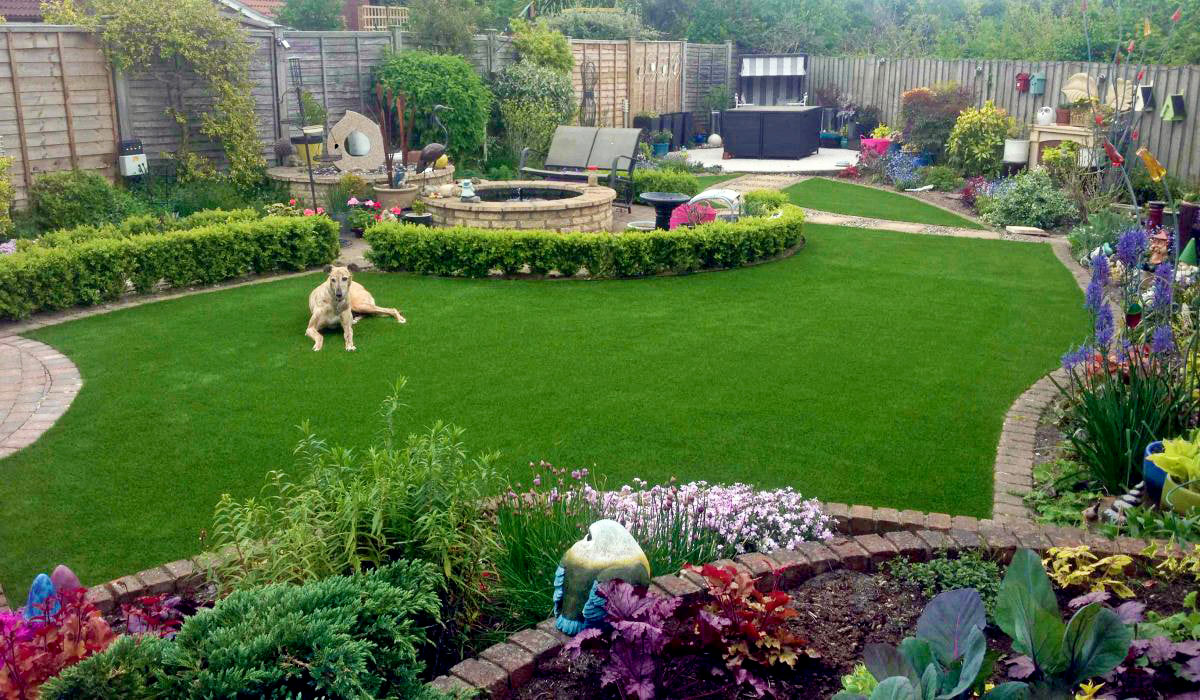

Garden Essentials
How To Landscape Design For Dogs
Modified: October 20, 2024
Learn how to create a dog-friendly garden with our landscape design tips that consider your furry friend's needs and create a safe and beautiful outdoor space.
(Many of the links in this article redirect to a specific reviewed product. Your purchase of these products through affiliate links helps to generate commission for Storables.com, at no extra cost. Learn more)
Introduction
Welcome to the world of landscaping for dogs! If you are a pet owner, you know how important it is to create a safe and enjoyable outdoor space for your furry friend. Designing a dog-friendly landscape involves understanding your dog’s needs and behaviors, choosing appropriate plants, creating play areas, providing shade and shelter, and managing common dog behaviors like digging and chewing. In this article, we will explore all these aspects of landscaping for dogs, helping you create a beautiful and functional outdoor space that both you and your canine companion will love.
Dogs are active and curious creatures, and they require a landscape that accommodates their needs. Whether your dog loves to run, dig, or simply relax in the sunshine, designing a space that caters to their desires is essential. By considering their needs and behaviors, you can transform your garden into a doggy paradise.
When it comes to choosing plants for your dog-friendly landscape, it’s important to select ones that are safe for your furry friend. Some common plants can be toxic to dogs if ingested, so it’s crucial to do your research and avoid any potentially harmful options. Instead, opt for dog-friendly plants that are non-toxic and won’t cause any harm if your pet decides to take a nibble.
Key Takeaways:
- Design a dog-friendly landscape by understanding your dog’s needs, choosing safe plants, and creating play areas with shade and shelter. Consider their size, breed, and behaviors for a harmonious outdoor space.
- Maintain a dog-friendly landscape by grooming your dog, cleaning up waste, and protecting plants. Regular inspections and prompt repairs ensure a safe and enjoyable environment for your furry friend.
Read more: How To Keep Dogs Out Of Landscaping
Understanding Your Dog’s Needs
Before diving into the design and planning of your dog-friendly landscape, it’s important to understand your dog’s specific needs and behaviors. Every dog is unique, and their preferences and requirements may vary. By observing and considering your dog’s habits, you can tailor your landscape to suit their needs.
Exercise and play are essential for dogs to maintain their physical and mental well-being. Some dogs require more exercise and stimulation than others, so it’s important to provide ample opportunities for them to run, play, and explore. Consider incorporating spacious areas where your dog can move freely, play fetch, or engage in other activities they enjoy.
Another factor to consider is your dog’s bathroom needs. Dogs need designated areas for toileting, so it’s important to create a space that is easily accessible and can be cleaned up easily. This can be achieved by designating a specific area for them to do their business and using appropriate materials like gravel or synthetic turf that are easy to clean and maintain.
Additionally, dogs need mental stimulation to prevent boredom and destructive behaviors. Incorporating interactive features like puzzle toys, agility equipment, or scent trails can provide mental stimulation and keep your pup entertained. You can also create designated digging areas where your dog can satisfy their natural digging instincts without causing damage to other parts of your landscape.
Finally, it’s important to consider the size and breed of your dog when planning your landscape. For example, small breeds may need smaller play areas or enclosed spaces to prevent them from wandering off. On the other hand, large breeds may require more space to roam and play comfortably. Understanding your dog’s specific needs will help you create a landscape that is tailored to their requirements.
By taking the time to understand your dog’s needs, you can design a landscape that provides ample opportunities for exercise, mental stimulation, and relaxation. This understanding will serve as a foundation for creating a safe and enjoyable outdoor space for your furry friend.
Choosing Dog-Friendly Plants
When it comes to landscaping for dogs, choosing dog-friendly plants is crucial to ensure the safety of your furry friend. Some plants and flowers can be toxic to dogs if ingested, causing a range of health issues. It’s important to be selective with your plant choices and opt for ones that are safe and non-toxic.
One of the first steps in choosing dog-friendly plants is to research which plants are harmful to dogs and should be avoided. Stay away from plants such as lilies, azaleas, daffodils, tulips, and ivy, as they can cause various health problems including gastrointestinal upset, skin irritation, and even organ failure if ingested.
There are, however, plenty of beautiful and dog-safe plants that you can incorporate into your landscape. Some popular options include marigolds, sunflowers, zinnias, snapdragons, and petunias. These plants not only add color and visual appeal to your garden, but they are also safe for your furry friends to be around.
In addition to choosing dog-safe plants, consider incorporating plants that offer additional benefits for your dog. For example, aromatic herbs like lavender, chamomile, and mint can have a calming effect on dogs. Including these plants in your landscape can create a soothing atmosphere for your pup.
When selecting dog-friendly plants, it’s also important to consider the physical aspects of your landscape. Choose plants that are sturdy and can withstand the various dog activities such as running, playing, and occasional jumping. Opt for plants with strong stems and leaves that are not easily damaged by brushing or accidental bumps from your pup.
Another consideration is the maintenance of the plants. Choose plants that are low-maintenance and can tolerate a bit of rough handling. This will make it easier for you to care for the plants while also providing a safe environment for your dog.
Overall, choosing dog-friendly plants requires a combination of researching plant toxicity, considering the physical aspects of the landscape, and selecting plants that offer additional benefits for your dog. By selecting the right plants, you can create a beautiful, safe, and pet-friendly landscape that both you and your dog can enjoy.
Creating Safe Play Areas
Play is an essential part of a dog’s life, and providing a designated play area in your dog-friendly landscape is important for their physical and mental stimulation. Creating a safe play area ensures that your furry friend can enjoy their playtime without the risk of injury or escape.
Start by designating a specific area in your landscape as the play zone. This can be a fenced-off area or a designated space within your garden. Fencing is especially important if you have an adventurous dog who loves to explore or if your property is not securely enclosed.
When designing the play area, consider the size and breed of your dog. Larger breeds may require more space to run and play, while smaller breeds may be content with a smaller area. Make sure the play area is spacious enough to accommodate your dog’s energy levels and play habits.
Provide plenty of toys and play equipment within the designated play area to keep your dog engaged and entertained. Toys like balls, frisbees, and interactive puzzle toys can help stimulate their minds and keep them physically active. Incorporate some agility equipment such as tunnels, hurdles, or ramps to encourage your dog’s natural athleticism and provide them with a fun challenge.
In addition to toys and equipment, consider the safety of the play area. Remove any potential hazards such as sharp objects, toxic plants, or thorny bushes that could cause harm to your dog. Ensure that the ground surface is safe and comfortable for play, avoiding materials like sharp gravel or broken paving stones. Instead, opt for soft grass or a padded surface, such as rubber mulch or artificial turf, to prevent injury during playtime.
Another important consideration is shade and access to water. Dogs can easily overheat, especially during hot summer months. Make sure the play area has ample shade, either from nearby trees or by installing a shade structure, such as a canopy or pergola. Provide a water source nearby so that your dog can easily stay hydrated during play sessions.
Lastly, regular maintenance and supervision are crucial for the safety of your dog in the play area. Inspect the play area regularly for any potential hazards or signs of wear and tear. Keep an eye on your dog while they play to ensure they don’t chew on or ingest any unsafe objects. Always supervise their playtime to keep them safe and address any potential conflicts with other animals or people.
By creating a safe play area, you are providing your dog with an environment where they can freely play, exercise, and have fun. A well-designed play area ensures that your furry friend can enjoy their playtime to the fullest while remaining secure and protected.
Providing Shade and Shelter
Just like humans, dogs need protection from the elements, especially during hot summer days or inclement weather. Providing adequate shade and shelter in your dog-friendly landscape ensures that your furry friend can seek relief from the sun, rain, or extreme temperatures.
One of the simplest ways to provide shade for your dog is to strategically plant trees or use existing trees in your landscape. Trees not only provide shade but also offer a natural aesthetic. Select shade-providing trees such as maple, oak, or dogwood, which have a dense canopy and will provide ample shade coverage for your pup. Position the trees strategically in areas where your dog likes to spend time or play.
If you don’t have mature trees in your landscape, consider installing a shade structure like a canopy or pergola. These structures can provide immediate shade and can be positioned in the play area or other areas where your dog spends most of their time. Make sure the shade structure is sturdy and well-anchored to withstand strong winds or rough play.
In addition to shade, it’s important to provide shelter for your dog during rain or cold weather. A dog house or sheltered area can offer protection from rain, wind, and chilly temperatures. The shelter should be spacious enough for your dog to comfortably rest or seek refuge. Choose a dog house with proper insulation and ventilation to ensure your dog’s comfort.
Ensure that the shelter area is well-maintained and cleaned regularly to prevent the buildup of dirt, debris, or pests. Provide a cozy bed or bedding inside the shelter for added comfort and warmth.
Another consideration is the placement of the shelter or dog house. Position it in an area of your landscape that is easily accessible and offers good visibility. This allows your dog to seek shelter whenever they need it while still being able to observe their surroundings.
Lastly, always monitor the weather conditions and adjust the shade or shelter as needed. In hot weather, ensure that the shade is providing adequate coverage to keep your dog cool. Similarly, during rainy or cold weather, make sure the shelter is secure and provides ample protection from the elements.
By providing shade and shelter, you are ensuring the well-being and comfort of your furry friend. Whether it’s seeking relief from the sun’s rays or finding shelter from rain, a dog-friendly landscape with adequate shade and shelter will allow your dog to enjoy their outdoor space all year round.
When designing a landscape for dogs, make sure to include a designated potty area with gravel or mulch for easy cleanup. Also, choose pet-friendly plants and avoid toxic ones.
Read more: How To Design A Low-Maintenance Landscape
Incorporating Dog-Friendly Features
Creating a dog-friendly landscape goes beyond just plants and play areas. Incorporating dog-friendly features can enhance your pup’s experience in the outdoor space and make it truly their own. Here are some ideas for incorporating dog-friendly features into your landscape.
One of the most exciting features you can add is a dog-friendly water feature. Dogs love to splash and play in water, so consider installing a small pond, fountain, or even a dog-specific splash pad. Ensure that the water feature is safe for your dog to enjoy, with shallow areas for them to wade in and easy access in and out of the water. Remember to always supervise your dog while they are near water.
Another popular dog-friendly feature is a dedicated doggy play zone. This can include agility equipment like tunnels, ramps, and jumps. Designate a specific area in your landscape where your dog can engage in interactive play and exercise. This not only provides mental and physical stimulation but also helps strengthen the bond between you and your dog as you play together.
Creating shaded seating areas where you and your dog can relax together is another great feature to consider. Install a bench or a patio seating area under a shaded tree or pergola. This provides a comfortable spot for you and your furry friend to spend time together, whether it’s enjoying a morning cup of coffee or simply relaxing in the fresh air.
For dogs that enjoy exploring and sniffing around, consider creating a sensory garden. Incorporate plants with different textures, scents, and colors, such as lavender, rosemary, or catnip. This creates an engaging and stimulating environment for your dog’s senses and adds an extra dimension to their outdoor experience.
When it comes to pathways and hardscape design, opt for materials that are durable and comfortable for your dog’s paws. Avoid materials that can get too hot in the sun or become slippery when wet. Instead, consider using materials like permeable pavers or flagstones, which provide traction and are gentle on your dog’s delicate paw pads.
If your dog has a habit of digging, create a designated digging area for them. Set aside a small patch of loose soil or sand where they can safely indulge in their digging instincts. Encourage them to dig in this area by hiding toys or treats, redirecting their digging behavior away from other parts of your landscape.
Lastly, don’t forget about visibility and fencing. Make sure your landscape has secure fencing to prevent your dog from wandering off or entering areas that may be unsafe for them. Ensure that the fences are of an appropriate size and height for your dog’s breed and size. Additionally, consider your dog’s visibility within the landscape. Trim shrubs or plants at your dog’s eye level to allow them to see their surroundings and feel more secure.
Incorporating these dog-friendly features not only enhances your dog’s experience in the outdoor space but also creates a harmonious and enjoyable environment for both you and your furry friend. Your dog will appreciate having their own dedicated spaces and features tailored to their needs, making your landscape a true paradise for them.
Managing Digging and Chewing Behaviors
Dogs have natural instincts to dig and chew, and while these behaviors can be challenging to manage, there are strategies you can implement to redirect their energy and keep your landscape intact. Here are some tips for managing digging and chewing behaviors in your dog-friendly landscape.
1. Provide alternative outlets: Dogs often dig or chew out of boredom or excess energy. Provide them with appropriate outlets for these behaviors by providing designated digging areas or chew toys. Train your dog to dig or chew in these designated spots, and reward them when they choose to engage in these activities in the appropriate areas.
2. Use deterrents: To discourage your dog from digging in unwanted areas, use deterrents such as bitter sprays or natural repellents. Spray or apply these deterrents to the areas you want to protect, and the unpleasant taste or scent will discourage your dog from digging or chewing in those spots.
3. Consistent supervision and redirection: Always supervise your dog when they are in the yard, especially during their early training stages. If you catch them in the act of digging or chewing an undesired area, redirect their attention to a more appropriate behavior or activity. Encourage them to play with their toys or engage in interactive play with you.
4. Offer mental and physical stimulation: Dogs often dig or chew out of boredom or lack of mental and physical stimulation. Make sure your dog is getting enough exercise through regular walks, play sessions, and mental stimulation activities like puzzle toys or scent games. A tired dog is less likely to engage in destructive behaviors.
5. Create barriers or protective measures: If your dog is consistently digging in specific areas of your landscape, consider creating barriers or protective measures to prevent access. Use fences, garden edging, or decorative rocks to block off these areas and redirect their attention to more suitable parts of the yard.
6. Training and reinforcement: Consistency is key when it comes to training your dog. Teach them basic commands like “leave it” or “drop it” to redirect their attention away from digging or chewing behaviors. Reward them with treats, praise, or playtime when they demonstrate positive behaviors and avoid undesired behaviors.
7. Seek professional help if needed: If your dog’s digging or chewing behaviors become excessive or are causing damage to your landscape, it may be helpful to seek professional guidance from a dog trainer or behaviorist. They can provide personalized strategies and techniques to manage and redirect these behaviors effectively.
Remember, patience, consistency, and positive reinforcement are key when managing digging and chewing behaviors in your dog. With proper training, redirection, and providing appropriate outlets for their instincts, you can create a harmonious balance between a beautiful landscape and a happy, well-behaved furry friend.
Maintaining a Dog-Friendly Landscape
Creating a dog-friendly landscape is just the first step. To ensure its longevity and your dog’s enjoyment, proper maintenance is essential. Here are some tips for maintaining a dog-friendly landscape.
1. Regular grooming: Regular grooming of your dog can help keep their coat clean and minimize the amount of dirt and debris they bring into the yard. Brushing them regularly can also help reduce shedding, which can accumulate in your landscape. Additionally, keeping their nails trimmed can prevent them from causing damage to plants or hardscape features.
2. Clean up waste promptly: Cleaning up after your dog is not only important for hygiene but also for maintaining the health of your landscape. Dog waste contains high levels of nitrogen and can damage grass and plants if left unattended. Regularly pick up and dispose of waste, and consider designating a specific area for your dog’s bathroom needs to make cleanup easier.
3. Dealing with urine spots: Dog urine can cause brown spots on grass due to its high nitrogen content. To prevent or minimize urine spots, encourage your dog to urinate in a designated area with materials like gravel or pet-friendly artificial turf, which can withstand urine better than natural grass. Additionally, diluting the urine with water immediately after your dog urinates can help reduce the concentration of nitrogen.
4. Regular lawn care: Keep your lawn well-maintained by mowing it regularly and at the right height. This promotes healthy grass growth and minimizes the chance of weeds taking over. Avoid using chemical fertilizers or pesticides that may be harmful to your dog’s health. Instead, opt for organic alternatives that are safe for both your pet and the environment.
5. Protecting plants: Dogs are curious creatures and may accidentally damage plants while playing or exploring. Protect vulnerable plants by creating barriers or using decorative fencing around them. Mulching around plants can also provide a protective layer and help retain moisture in the soil. Additionally, choose dog-friendly plants that are less prone to damage from chewing or rough play.
6. Lawn repair: If your dog’s play or digging has caused damage to your lawn, it’s important to repair it promptly. Fill any holes or bare patches with topsoil, grass seed, or sod to promote regrowth. Regularly water and fertilize the repaired areas to encourage healthy grass growth and fill in any gaps caused by your dog’s activities.
7. Regular inspections: Regularly inspect your landscape for any potential hazards or signs of wear and tear. Check fences for any loose or broken sections, inspect play equipment for stability, and trim any overgrown or thorny plants. By staying vigilant and addressing any issues promptly, you can maintain a safe and enjoyable environment for your dog.
Maintaining a dog-friendly landscape requires diligence and consistent care. By following these tips and establishing a regular maintenance routine, you can ensure that your landscape remains beautiful, functional, and safe for your furry friend to enjoy.
Conclusion
Creating a dog-friendly landscape is a rewarding endeavor that allows you to design a space where your furry friend can thrive and enjoy the great outdoors. By understanding your dog’s needs, choosing dog-friendly plants, providing safe play areas, offering shade and shelter, incorporating dog-friendly features, and managing digging and chewing behaviors, you can create a harmonious environment that caters to both you and your canine companion.
Remember to consider your dog’s size, breed, and specific needs when planning your landscape. Designate areas for play, exercise, and relaxation, and provide the necessary tools and equipment to stimulate their minds and bodies. By designing a space that accommodates their instincts and preferences, you’ll create an environment that ensures their well-being and happiness.
Choose dog-friendly plants that are safe and non-toxic, and create a landscape that is sturdy and durable to withstand your dog’s activities. Incorporate shade and shelter to protect them from inclement weather, and offer features like water elements, play zones, and sensory gardens to enhance their experience outdoors.
Maintaining a dog-friendly landscape involves regular grooming, prompt waste cleanup, and caring for your lawn and plants. Address any damage caused by your dog’s activities promptly and create barriers or protective measures to preserve the landscape’s integrity.
Remember, designing and maintaining a dog-friendly landscape is a continuous process that requires patience and consistency. Investing time and effort into creating a safe and enjoyable environment for your furry friend will not only improve their quality of life but also strengthen the bond between you.
So, grab your gardening tools, get creative, and embark on the journey of creating a dog-friendly landscape. Your furry friend will be forever grateful for the outdoor space you’ve provided, where they can explore, play, and bask in the joys of nature.
Frequently Asked Questions about How To Landscape Design For Dogs
Was this page helpful?
At Storables.com, we guarantee accurate and reliable information. Our content, validated by Expert Board Contributors, is crafted following stringent Editorial Policies. We're committed to providing you with well-researched, expert-backed insights for all your informational needs.
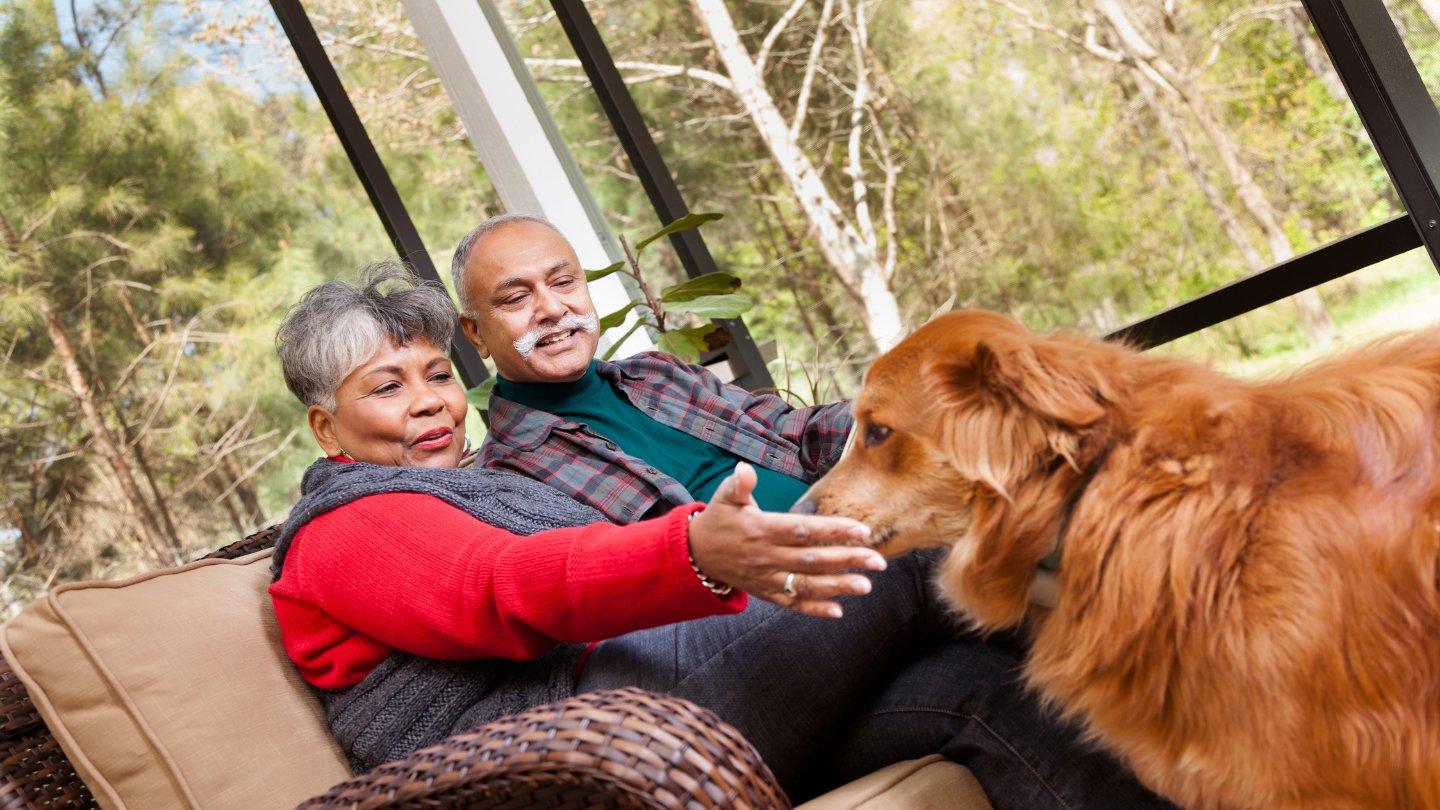
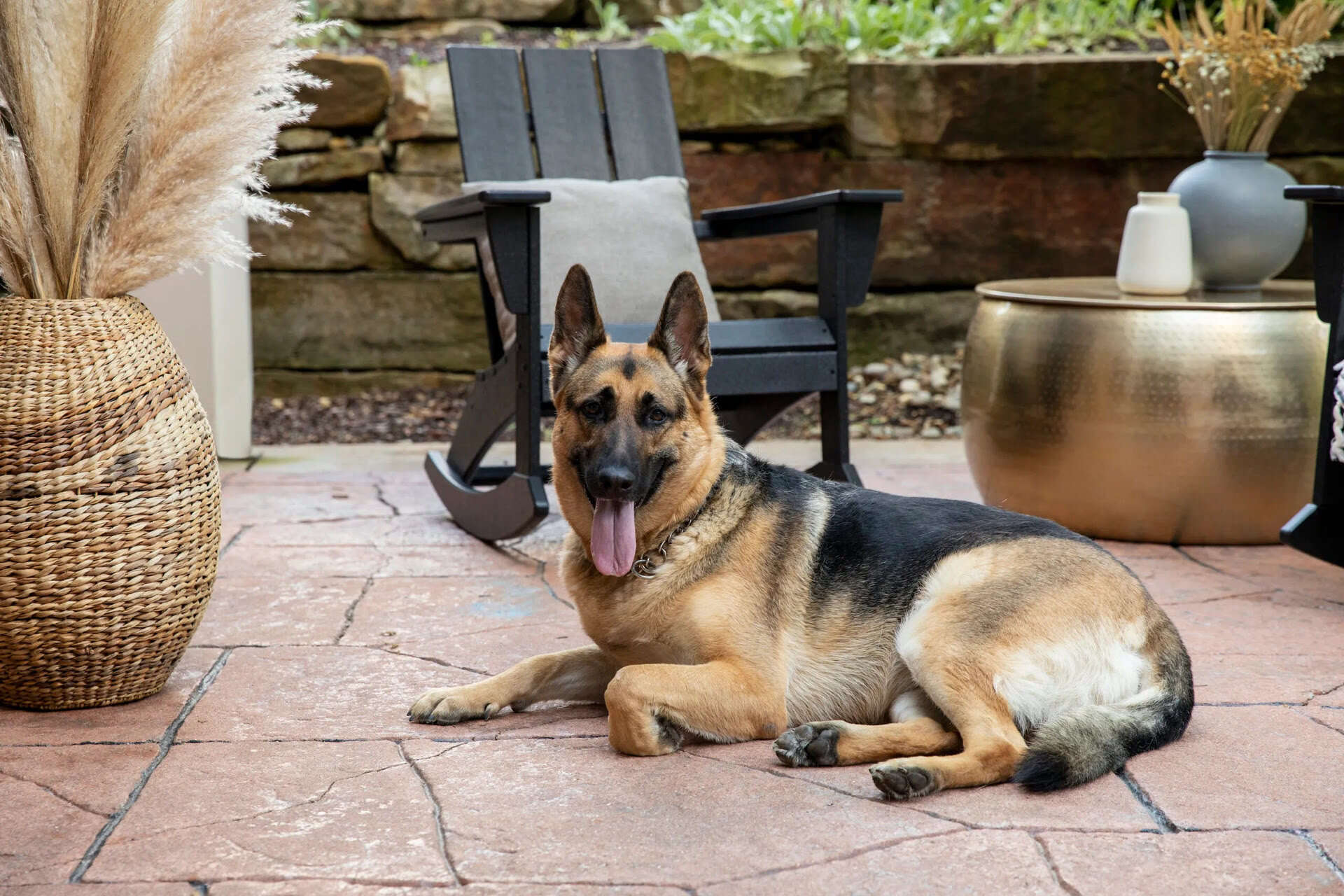
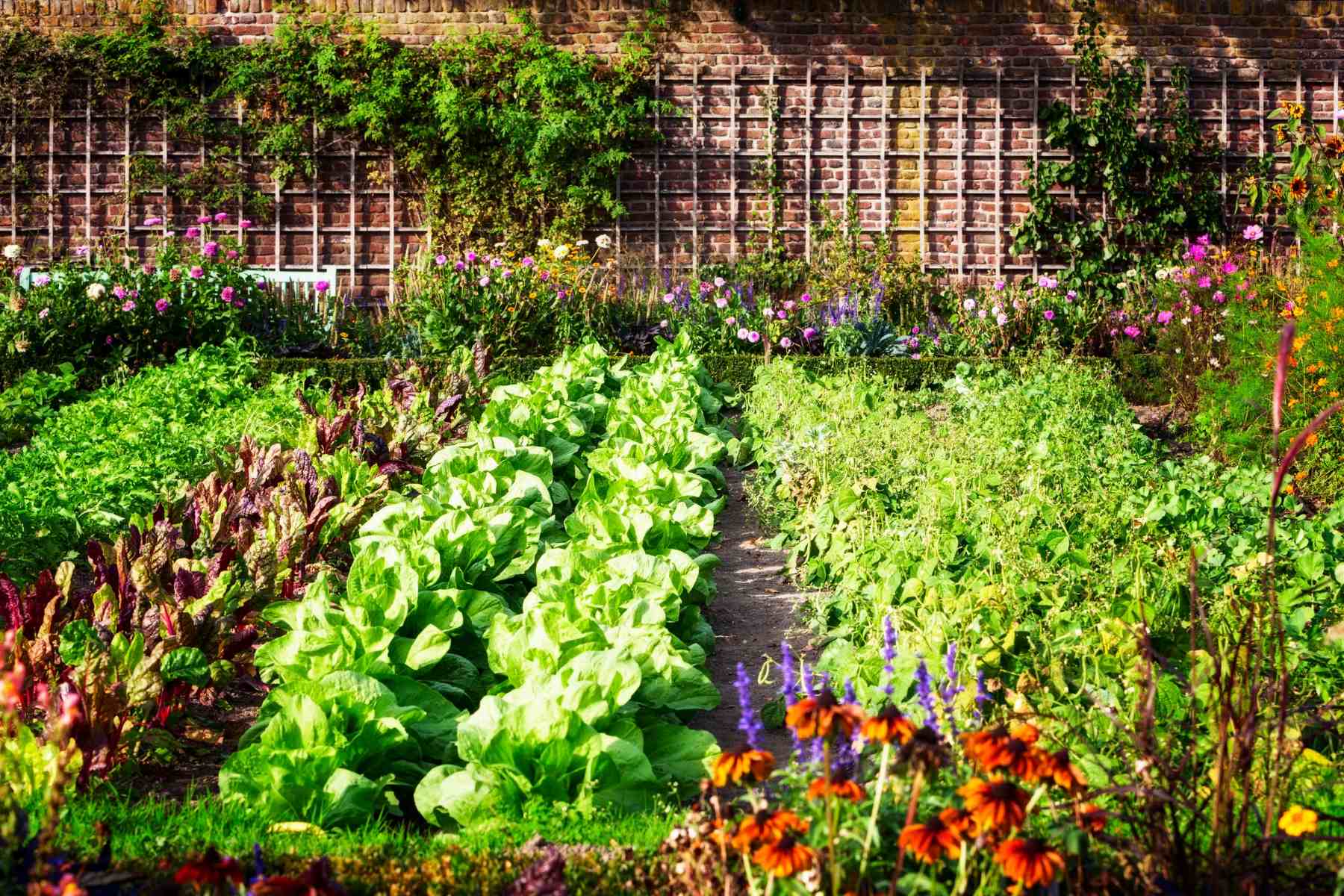

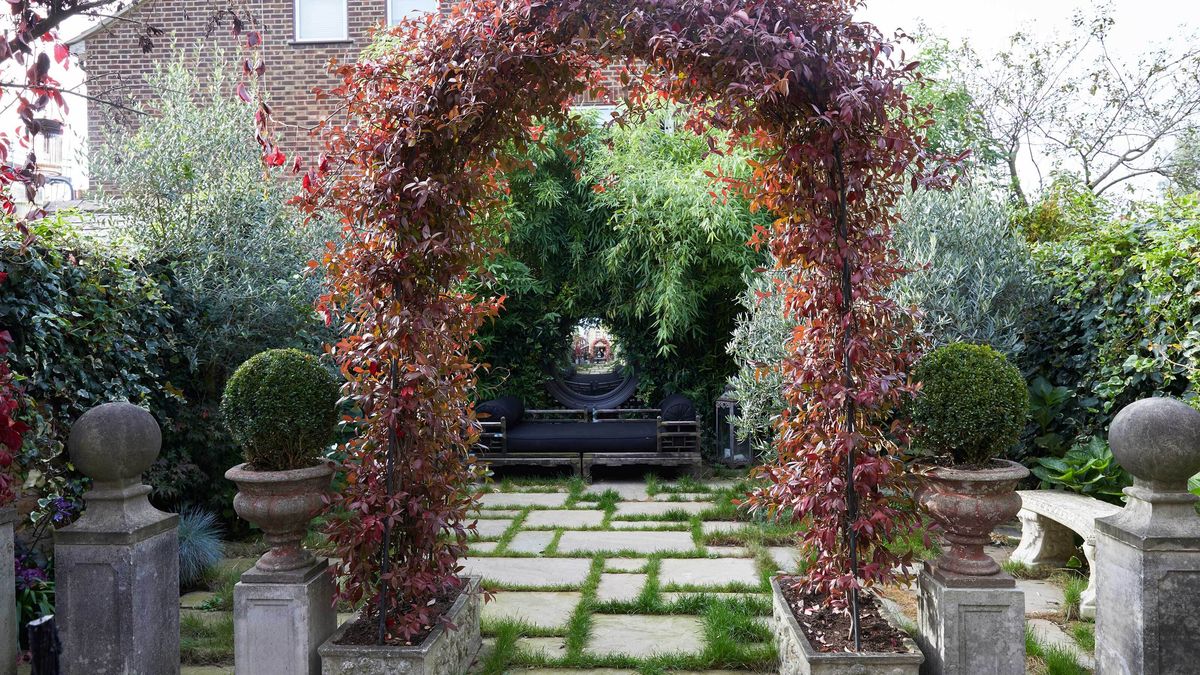
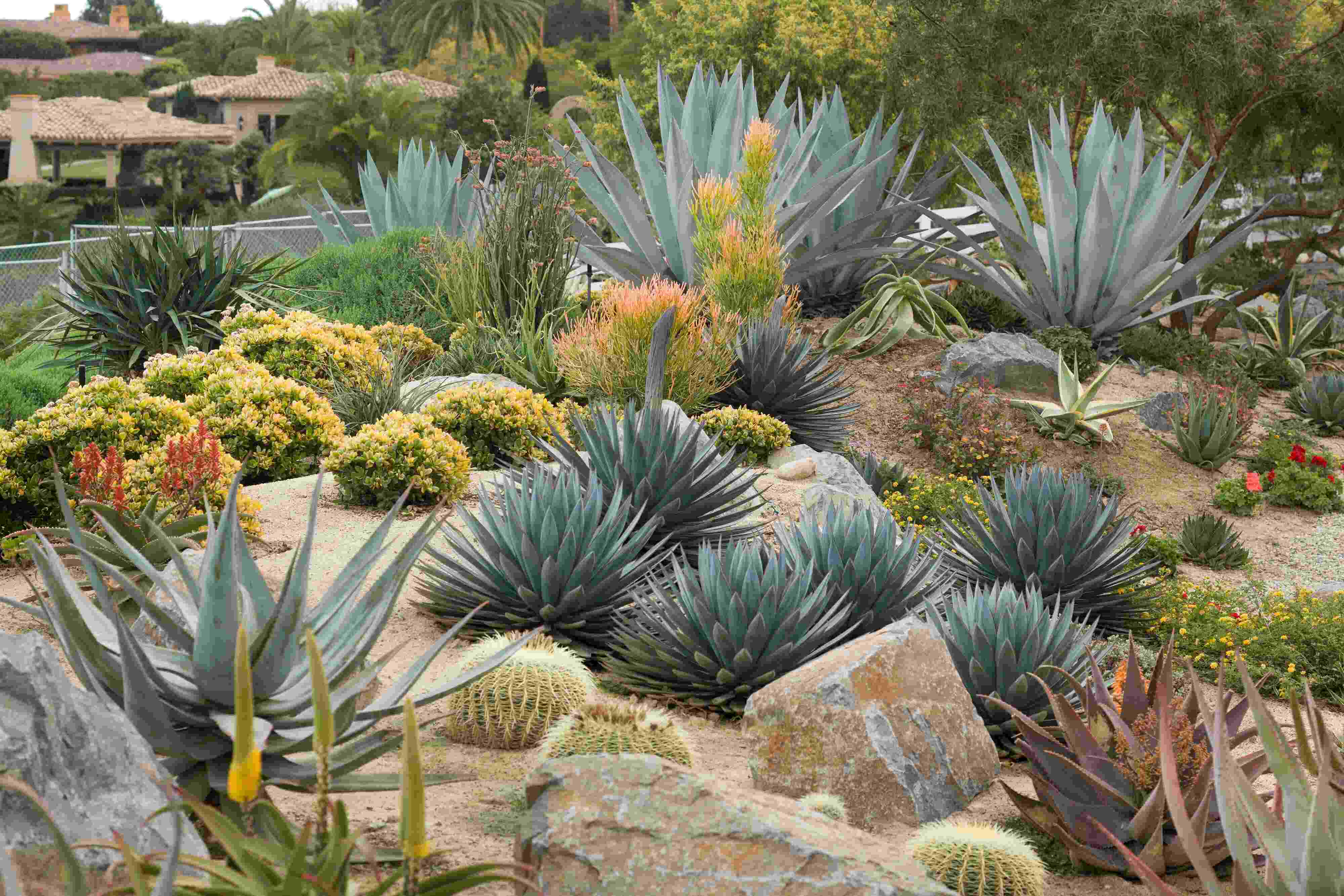

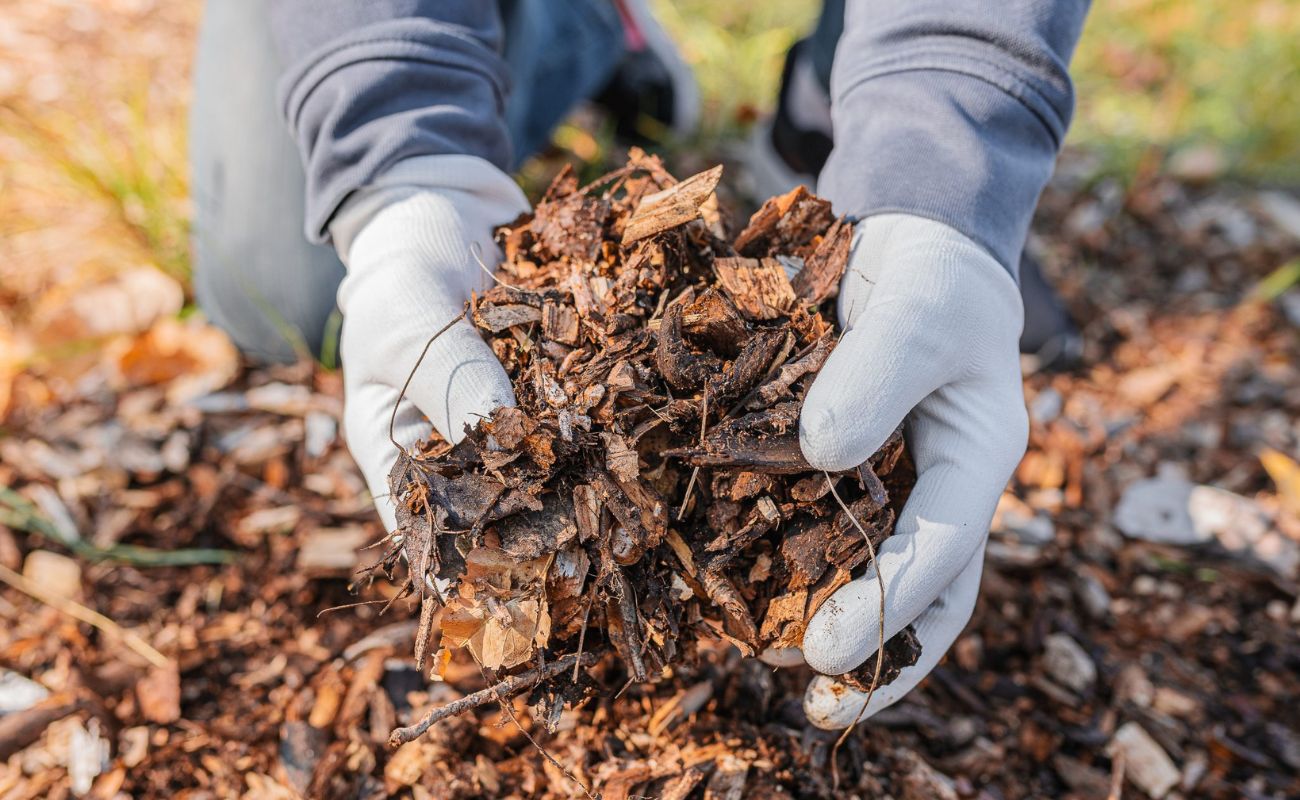
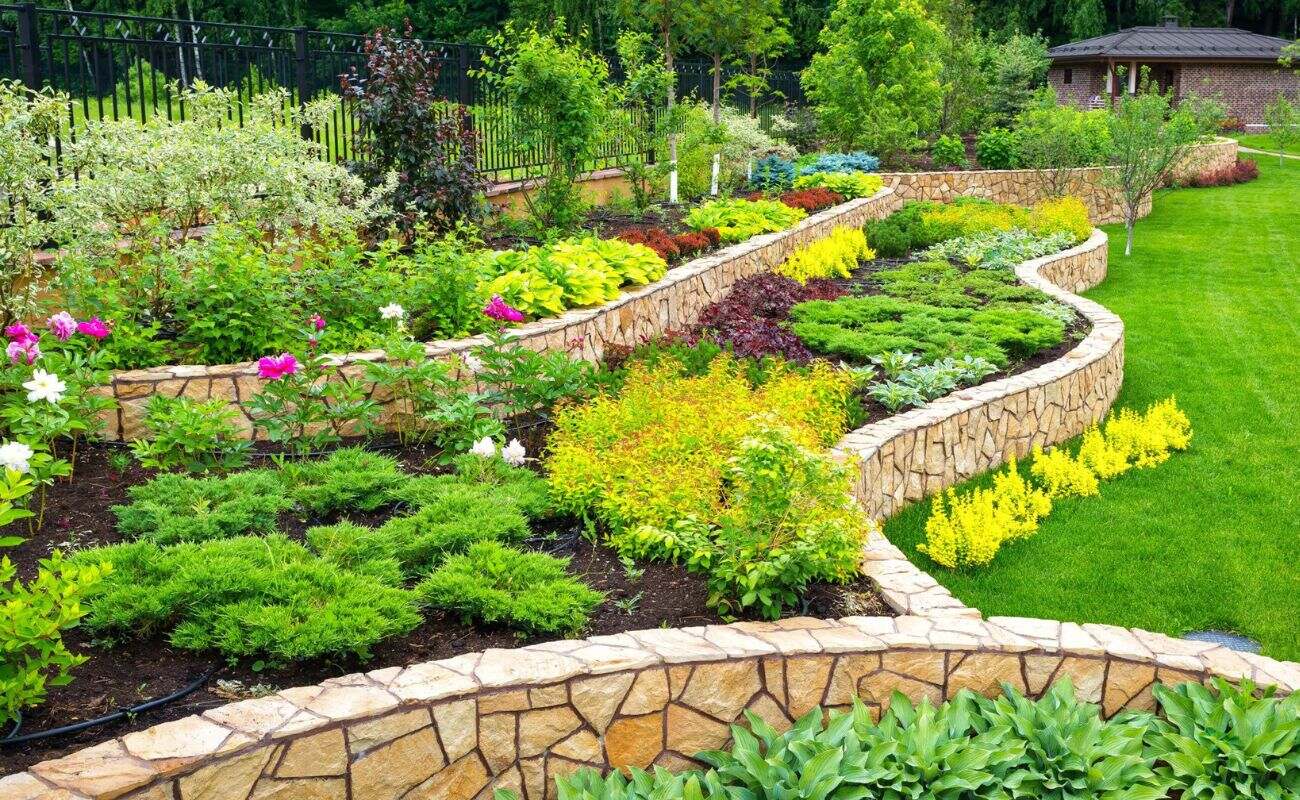
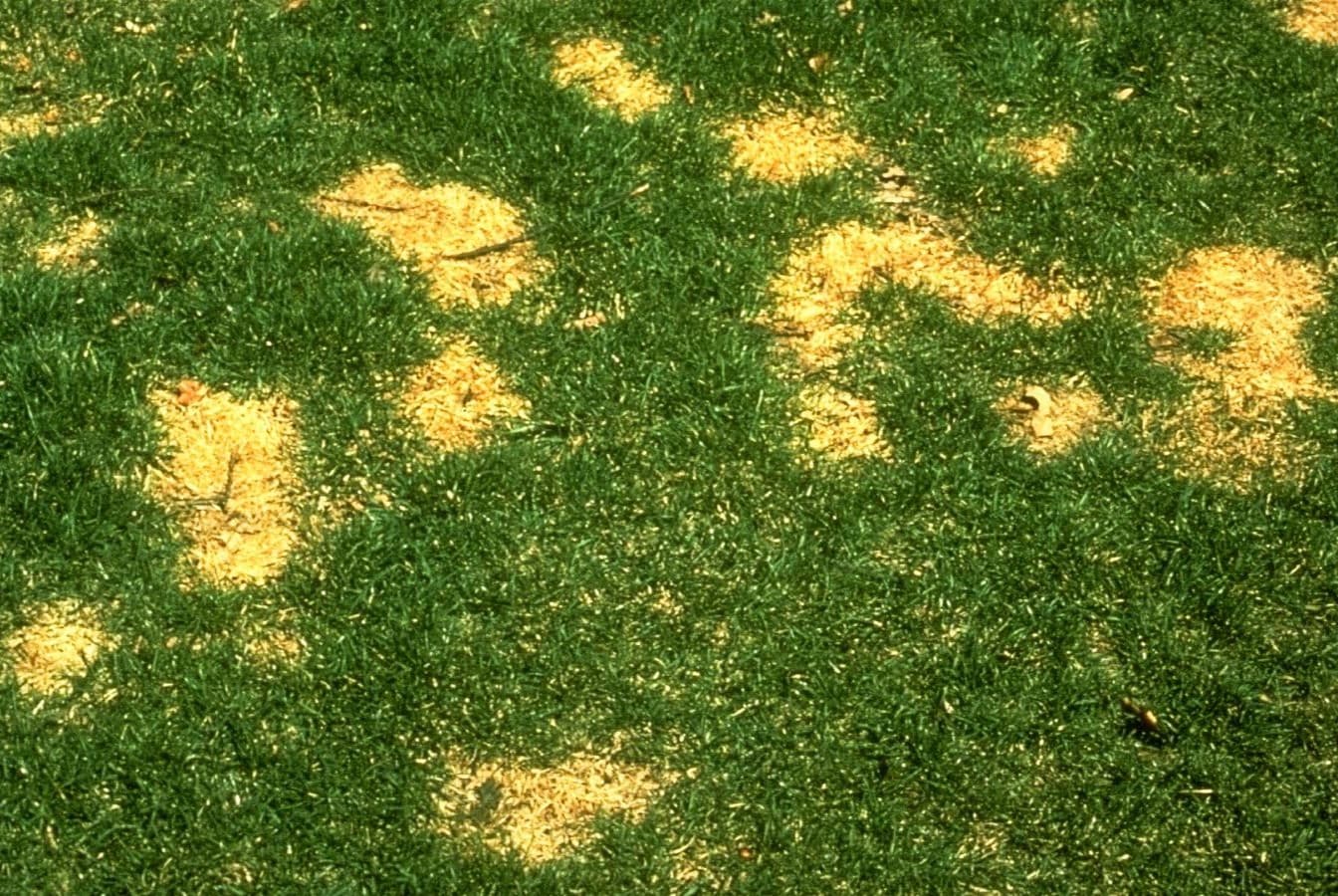
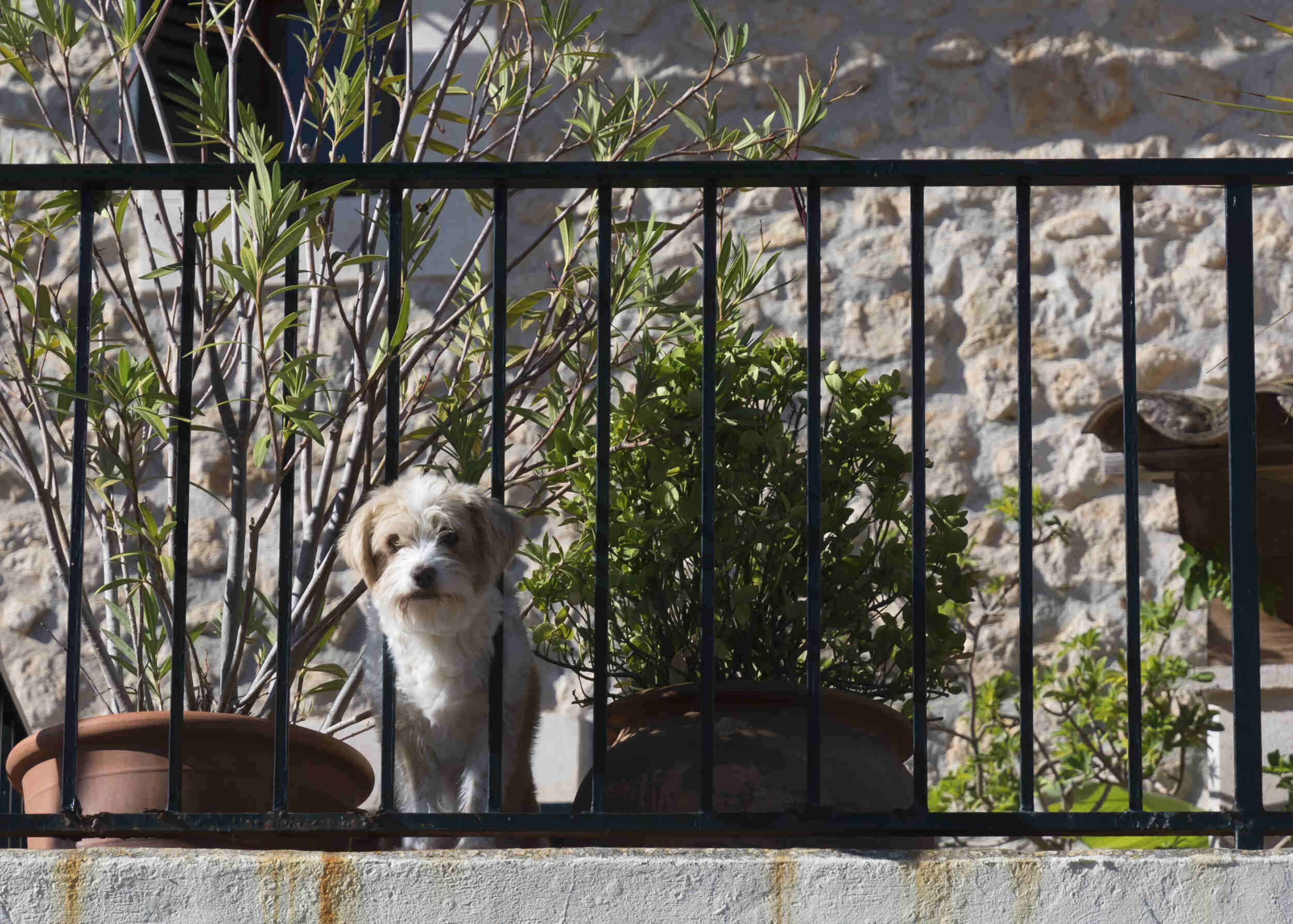
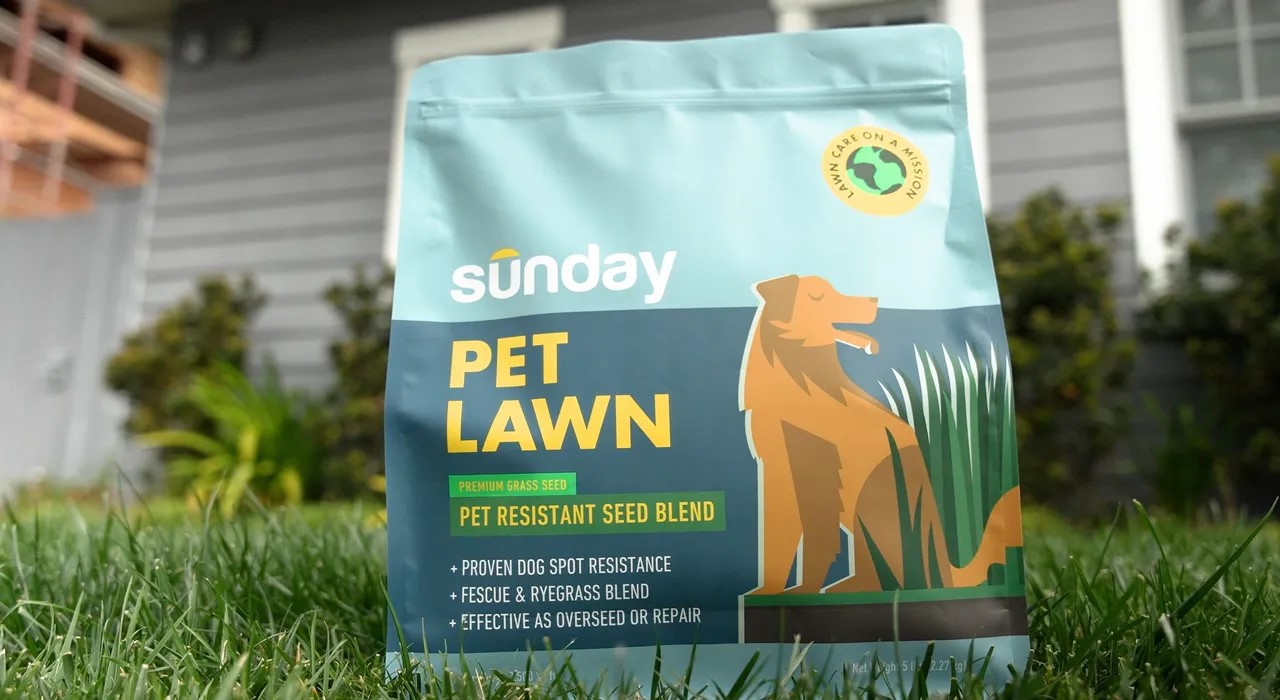
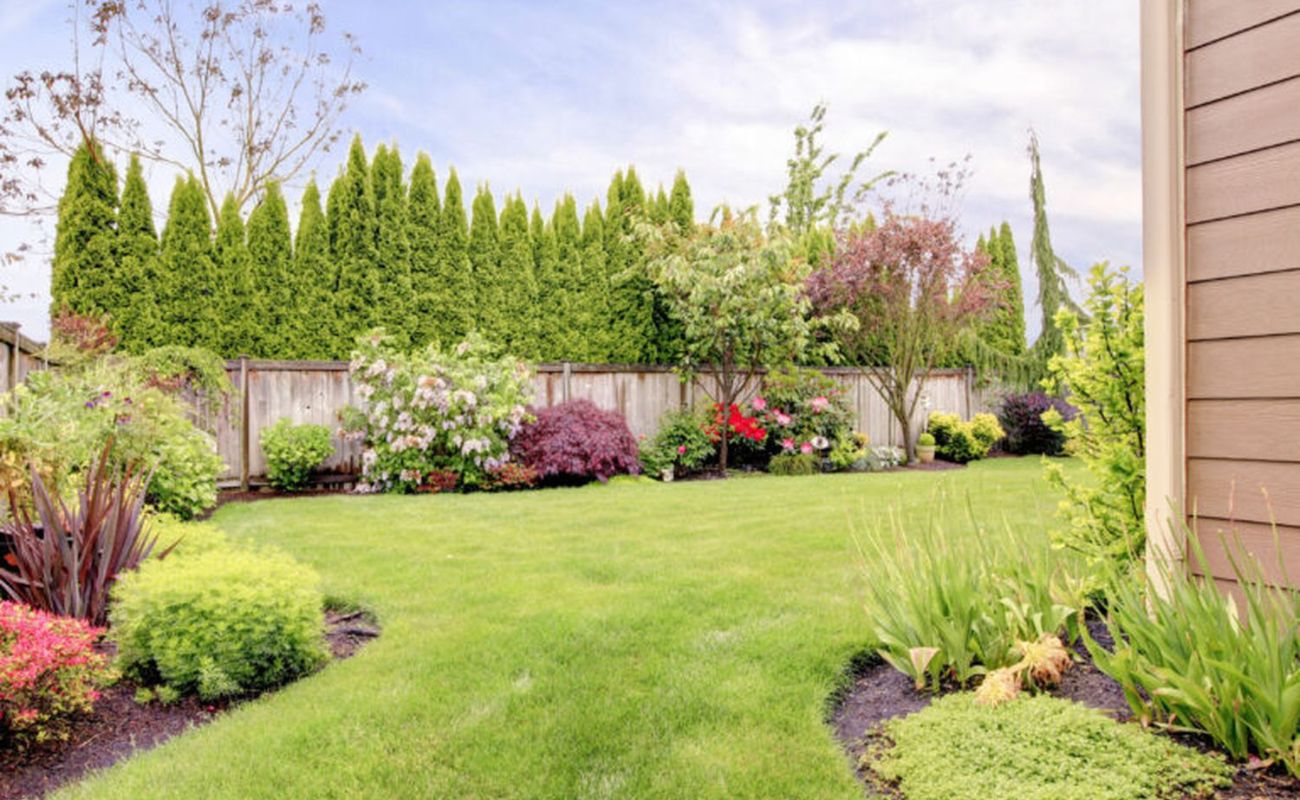
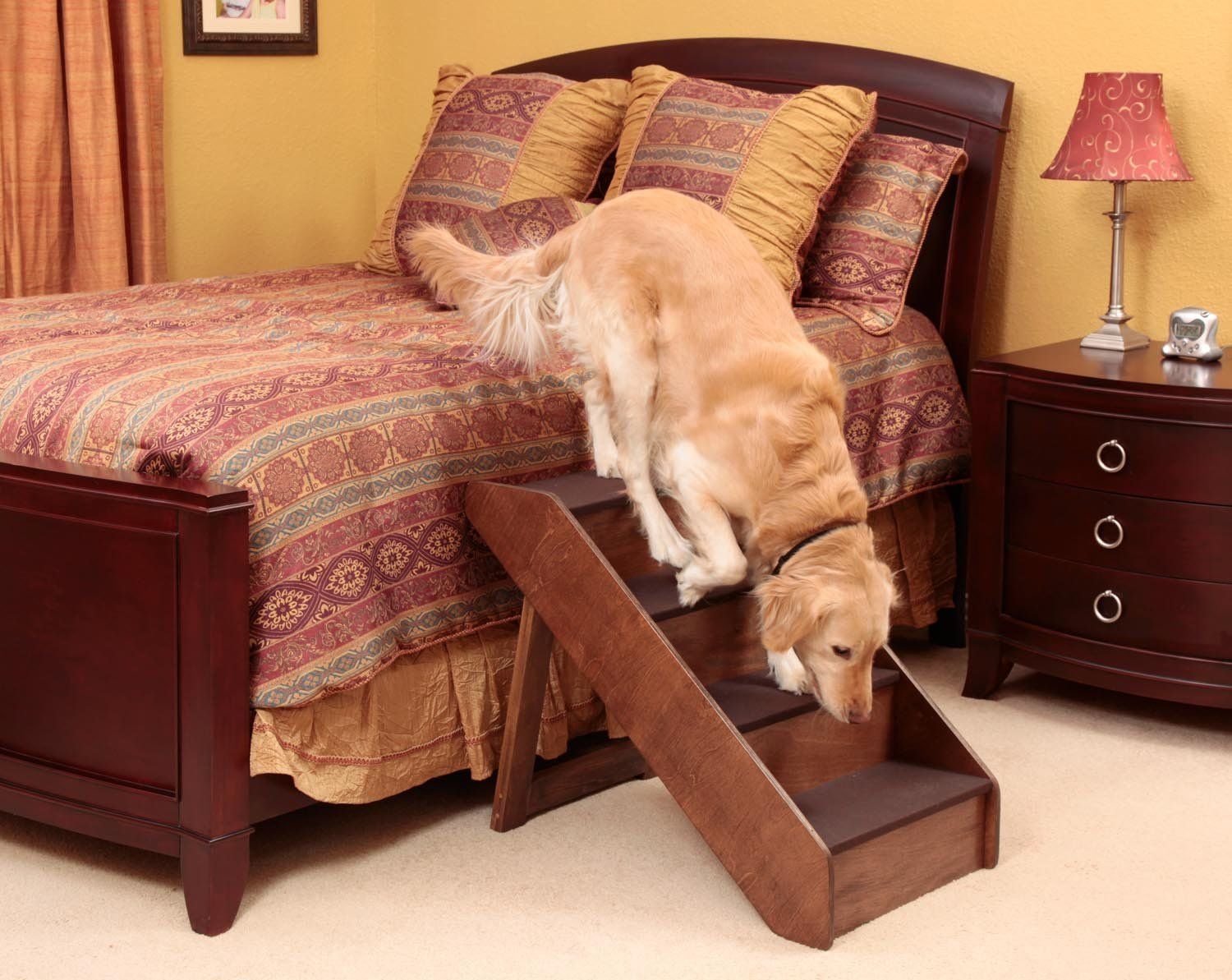

0 thoughts on “How To Landscape Design For Dogs”